“A super fine AGM!”
“An enjoyable evening!”
“I left with a greater appreciation of the ‘diamond’ that we have the privilege of enjoying, maintaining, and sharing.”
 Those were some of the comments made after Friday night’s Annual General Meeting at the Central Lions Recreation Centre in Edmonton.
Those were some of the comments made after Friday night’s Annual General Meeting at the Central Lions Recreation Centre in Edmonton.
The evening began with the business meeting and election of the board. We had great joy in presenting a Lifetime Membership to Louise Davis, a key figure in leading the organization to maturity. You’ll find the tribute to Louise in the AGM 2017 Reports.
Following the meeting, we settled in to listen to the panel of long-standing members—David Dorward (whose father Fred was responsible for the vision of the Trail), Gene Miskiw, Peter Verhaar, Oscar Zawalsky, Rob Faulds, Louise Davis, and David Mutch. As Stan Skirrow was unable to attend, we were grateful that David had visited him that day and could bring his comments.
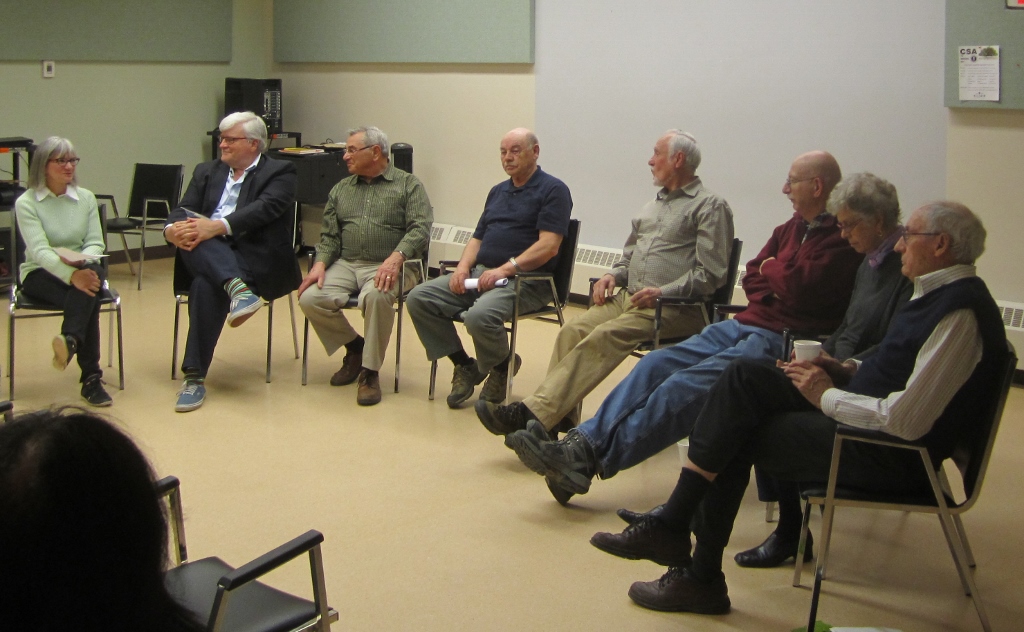
The panel entertained us by recounting many moments that were amusing, joyous, thought-provoking, or scary, such as:
- Special moments in the early days of the trail from a boy’s perspective, as captured in a diary.
- A hair-raising story of being stuck in ice and snow.
- The challenge of bringing the organization into the age of the Internet.
- The astonishing meeting with an associate minister of the Province, in which the government backed down from an onerous requirement to survey the trail.
- How we managed to get permissions from landowners in the first place, and what a landowner’s greatest fear was in the early days (it was fire).
We also got an appreciation of the great contributors to the Trail. Fred Dorward had the vision, and was able to get organizations and governments on board, including the avid support of the Lieutenant Governor Grant MacEwan. But it was Stan Skirrow who was instrumental in persuading landowners to go along.
The panel also shared their wisdom on volunteerism…and left us feeling inspired.
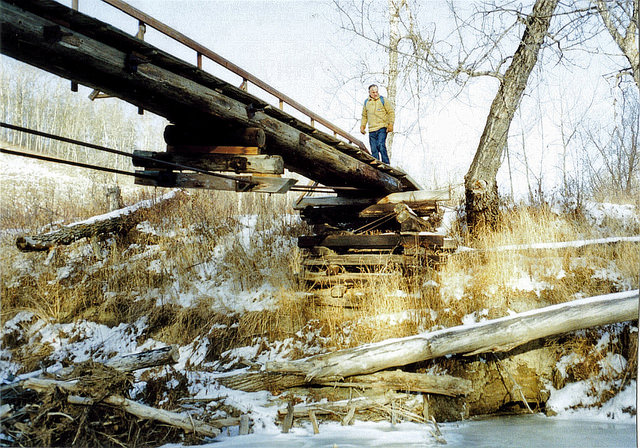 Following the panel, Gene Miskiw treated us to the fascinating story of the building of Low’s bridge on the Battle River. This amazing accomplishment, which involved only donated materials and volunteers, is captured in Gene’s photos which you can view in a collection of albums on Flickr.
Following the panel, Gene Miskiw treated us to the fascinating story of the building of Low’s bridge on the Battle River. This amazing accomplishment, which involved only donated materials and volunteers, is captured in Gene’s photos which you can view in a collection of albums on Flickr.
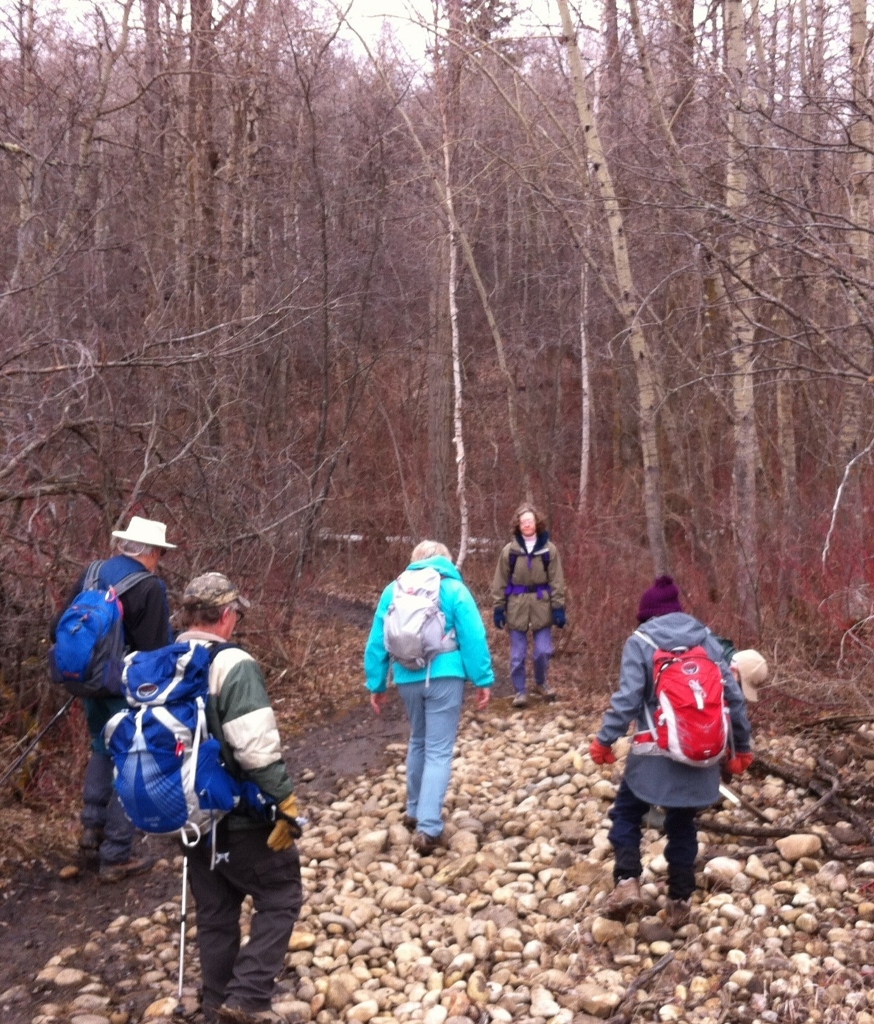
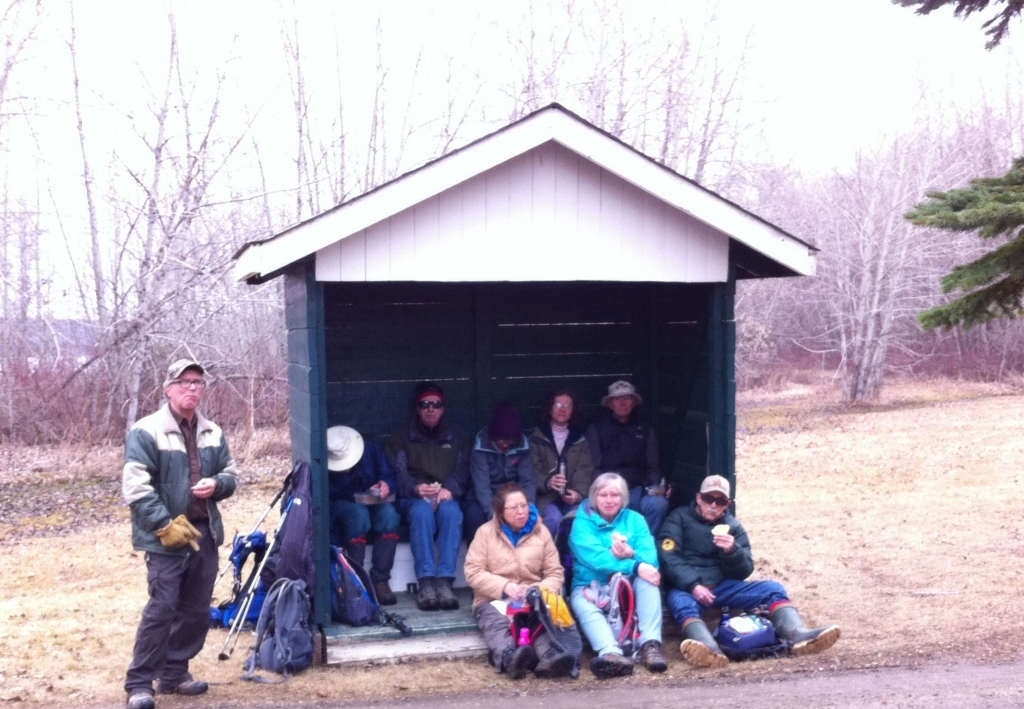
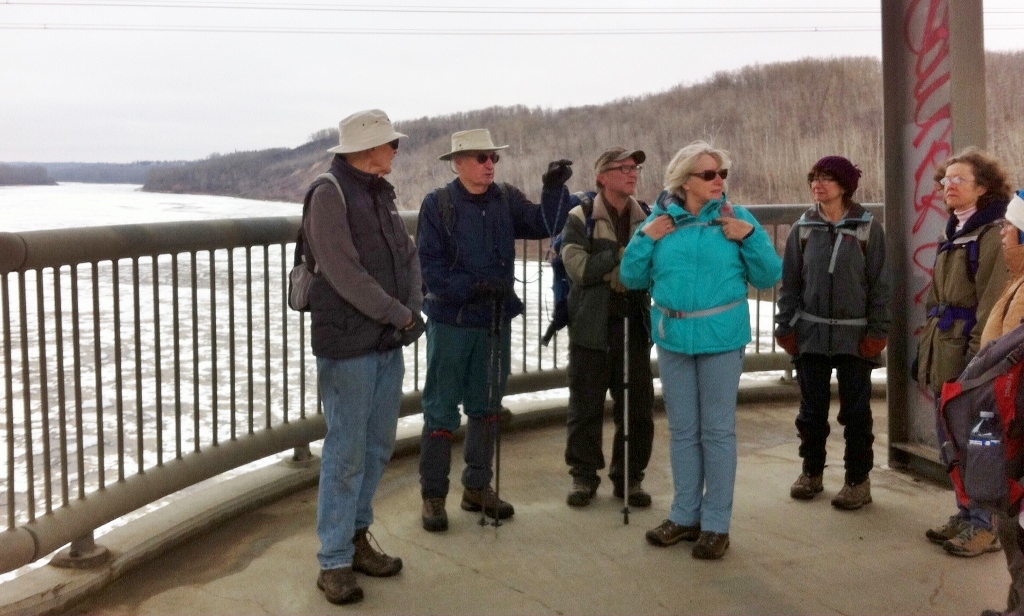

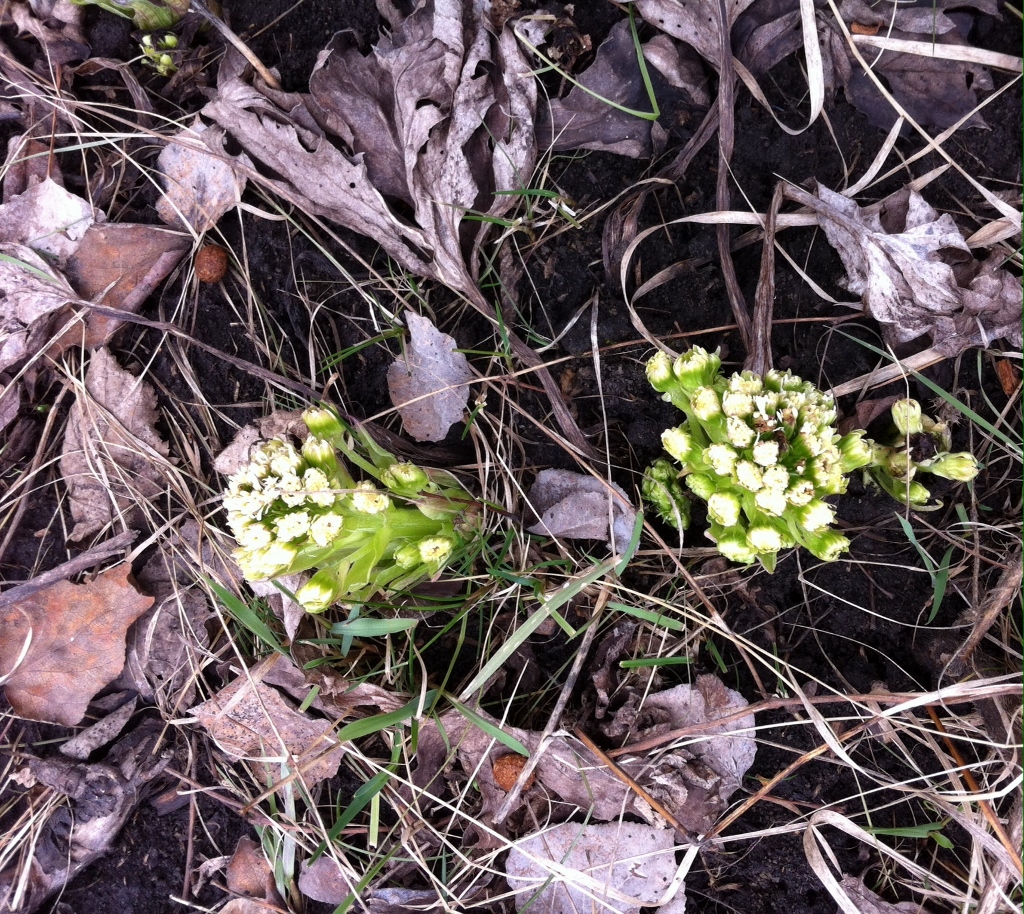
 Those were some of the comments made after Friday night’s Annual General Meeting at the Central Lions Recreation Centre in Edmonton.
Those were some of the comments made after Friday night’s Annual General Meeting at the Central Lions Recreation Centre in Edmonton.
 Following the panel, Gene Miskiw treated us to the fascinating story of the building of Low’s bridge on the Battle River. This amazing accomplishment, which involved only donated materials and volunteers, is captured in Gene’s photos which you can view in a
Following the panel, Gene Miskiw treated us to the fascinating story of the building of Low’s bridge on the Battle River. This amazing accomplishment, which involved only donated materials and volunteers, is captured in Gene’s photos which you can view in a